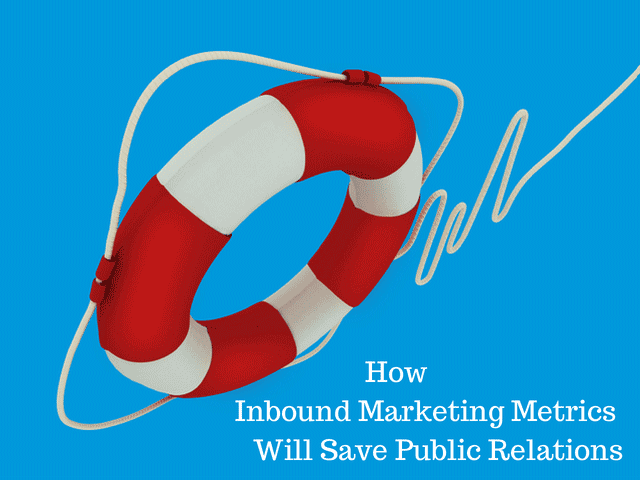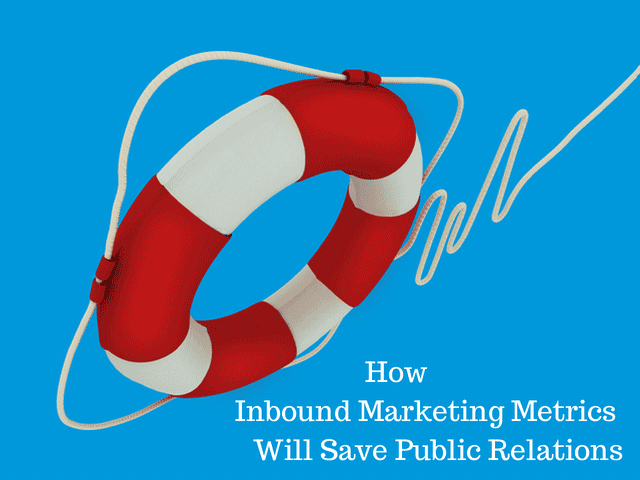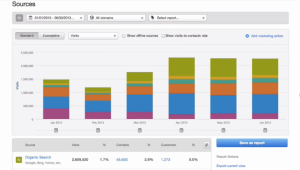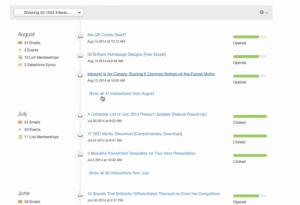How to Use Your Core Values to Inspire, Retain, and Energize Your Team
For the last few decades, but especially so in recent years, people are seeking out more than just an income from their place of employment. More...
2 min read
Pat Heffernan
:
11/23/17 10:00 AM


Rich metrics are one of the delights of implementing an integrated inbound marketing program. Inbound’s ability to track the history of an individual’s interactions along her/his customer decision journey makes documenting the ROI for various marketing activities a possibility for small businesses and nonprofits. For years the Achilles’ heel of public relations (PR) has been its lack of metrics directly linked to business outcomes and the subsequent inability to document ROI. Inbound marketing is the answer.
The medium may have changed, but the basics remain the same in a digital PR world. PR professionals regularly:
Public relations activities like these result in earned media that cost-effectively spread the educational and social change messages essential for values-based companies and nonprofits to advance their mission. But it can be frustrating not to be able to clearly document what we know to be true intuitively and anecdotally.
Integrating PR into an inbound marketing program, for example, by optimizing press releases and articles for search (SEO), means a steady stream of audience-focused content is available to attract customers and prospects.
Well-written, quality content attracts inbound links, which are key drivers of search. One of the key drivers of inbound links is public relations work, building word of mouth and credibility through media outlets and other third parties.
And a positive article in a top national media outlet often can drive referral website traffic to an all-time high for a small business or nonprofit.
But PR has been driving positive word of mouth and website traffic for years, what’s different now? The difference is in the tracking capabilities of an inbound marketing program implemented with a comprehensive marketing automation software platform, such as HubSpot. (There are other options, such as Marketo, Silverpop and Infusionsoft, but we selected for ourselves and are therefore most familiar with HubSpot.)


Building an attribution report in Google Analytics helps you understand the conversion path and flow of website traffic. HubSpot attribution reports detail each interaction at the individual contact level, which helps you figure out which marketing channels and which content drove which lead and customer conversions along the marketing funnel.
Many of you will remember reports that attempted to measure the cost of buying equivalent advertising space for each PR article, or that tallied impressions and page views for each online article, or that simply counted the number of placements and estimated readers/viewers/listeners without any attempt to relate to your organization’s mission and goals. After years of struggling to quantify public relations’ impact on business outcomes, you and I can celebrate — inbound marketing metrics offer a practical solution.
The Change Conversations blog is where changemakers find inspiration and insights on the power of mission-driven communication to create the change you want to see.
© 2009- to present, Marketing Partners, Inc. Content on the Change Conversations blog is licensed under a Creative Commons Attribution-Noncommercial-NoDerivs 3.0 United States License to share as much as you like. Please attribute to Change Conversations and link to ChangeConversations.
Creative Commons License may not apply to images used within posts and pages on this website. See hover-over or links for attribution associated with each image and licensing information.

For the last few decades, but especially so in recent years, people are seeking out more than just an income from their place of employment. More...

You know nonprofit organizations need websites just as small businesses do, but you may be surprised to learn nonprofit sites can be more complex and...

In today’s rapidly evolving media landscape, understanding where and how your story is told isn’t just strategic—it’s essential. How you communicate...